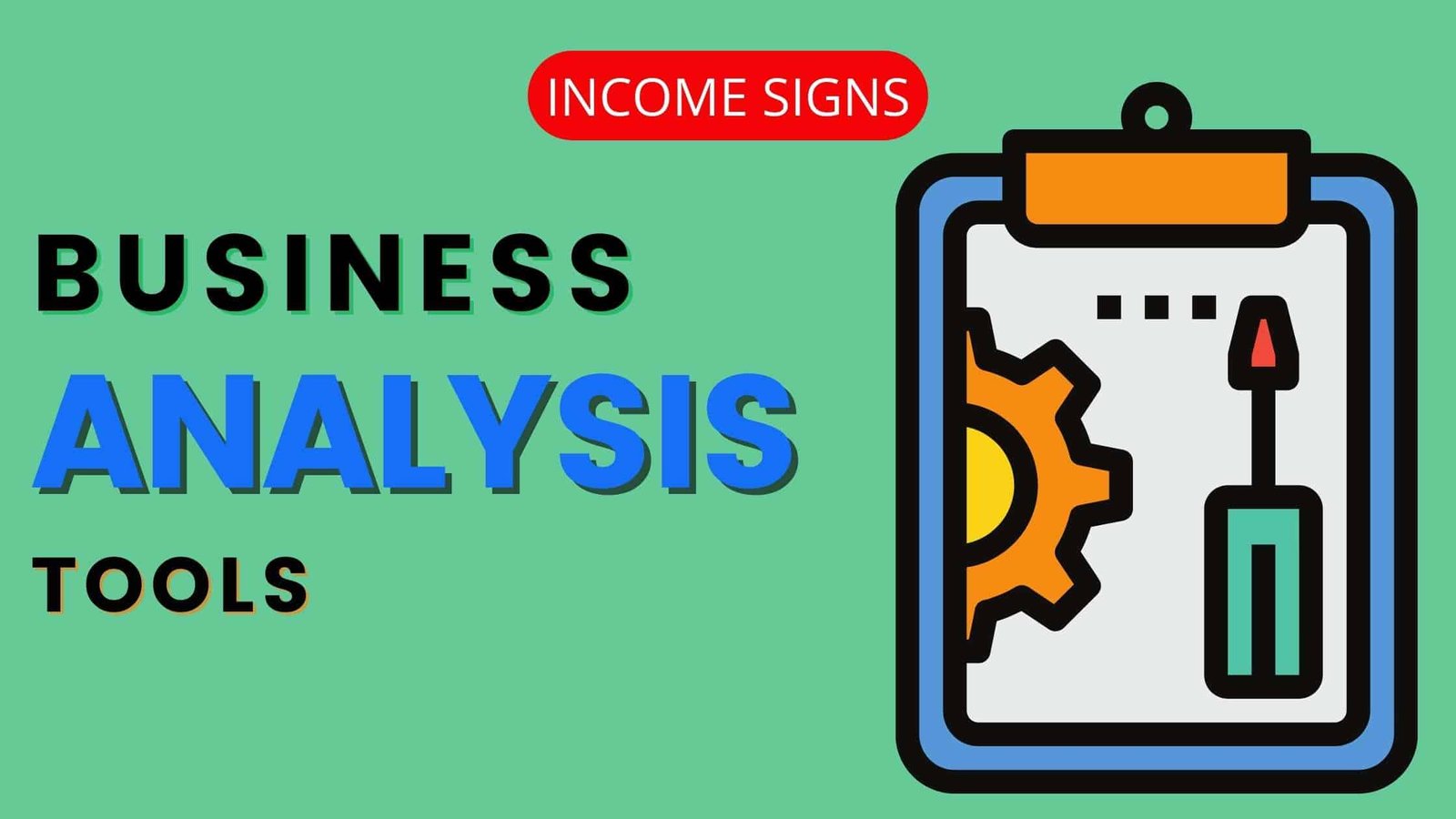Business analysis has taken a paradigm shift in the last decade.
The traditional waterfall model has given way to more agile and iterative processes.
As a result, the tools and techniques used by business analysts have also evolved.
Here are 5 popular business analysis techniques that are being used extensively today:
SWOT Analysis
A SWOT analysis is a powerful tool that helps business analysts assess a company’s strengths, weaknesses, opportunities, and threats. It provides insights that can be helpful in formulating strategies and making decisions.
It is a thorough analysis conducted by a business analysis considering
- The internal factors as Strengths and Weaknesses.
- The external factors as Threats and Opportunities.
Advantages SWOT Analysis
- Helps identify internal and external factors that can impact the success of a project.
- Facilitates better decision-making by taking all relevant factors into account.
- Provides a structured approach to problem-solving limitations of SWOT Analysis.
- Can be time-consuming.
- It May lead to groupthink if not used properly.
MOST Analysis
MOST is an acronym for Mission, Objectives, Strategies, and Tactics.
It is a technique that helps business analysts develop a shared understanding of the project’s goals and objectives.
It also provides a framework for developing strategies and tactics to achieve those objectives.
The MOST analysis technique is particularly useful in complex projects where there are multiple stakeholders with different objectives.
Advantages of MOST Analysis
- MOST analyses create a shared understanding of the project’s goals and objectives.
- Provides a framework for developing strategies and tactics to achieve those objectives.
Business Process Modelling (BPM)
Business process modeling is a technique that help business analysts map out the steps involved in a business process.
It is used to understand, document, and improve business processes.
BPM can be used to model both manual and automated processes.
Advantages of BPM
- BPM Helps visualize and understand complex business processes.
- BPM can be used to document and improve business processes.
- Used to automate business processes.
PESTLE Analysis
PESTLE is an acronym for Political, Economic, Social, Technological, Legal, and Environmental.
It is a tool that business analysts use to understand the macro-environmental factors that can impact a project.
PESTLE analysis is helpful in identifying risks and opportunities early on in the project lifecycle.
Advantages of PESTLE Analysis
PESTLE helps analysts understand the macro-environmental factors that can impact a project.
PESTLE can be used to identify risks and opportunities early on in the project lifecycle.
CATWOE
CATWOE is an acronym for Customers, Actors, Transformation process, World view, Owner, and Environmental constraints.
It is a tool that helps business analysts understand the stakeholders involved in a project.
CATWOE analysis is also helpful in identifying the objectives of a project from the perspective of different stakeholders.
Advantages of CATWOE Analysis
- CATWOE helps analysts understand the stakeholders involved in a project.
- CATWOE analysis is also helpful in identifying the objectives of a project from the perspective of different stakeholders.
- CATWOE can be used to identify potential conflicts between stakeholders.
Conclusion – Business Analysis Techniques
Business analysis techniques are tools that help business analysts understand a company, a business process, or a project.
They are used to assess strengths and weaknesses, identify opportunities and threats, and develop strategies and tactics.
Using these business tools more efficient you can enhance your business revenue models.
Thanks for reading.
